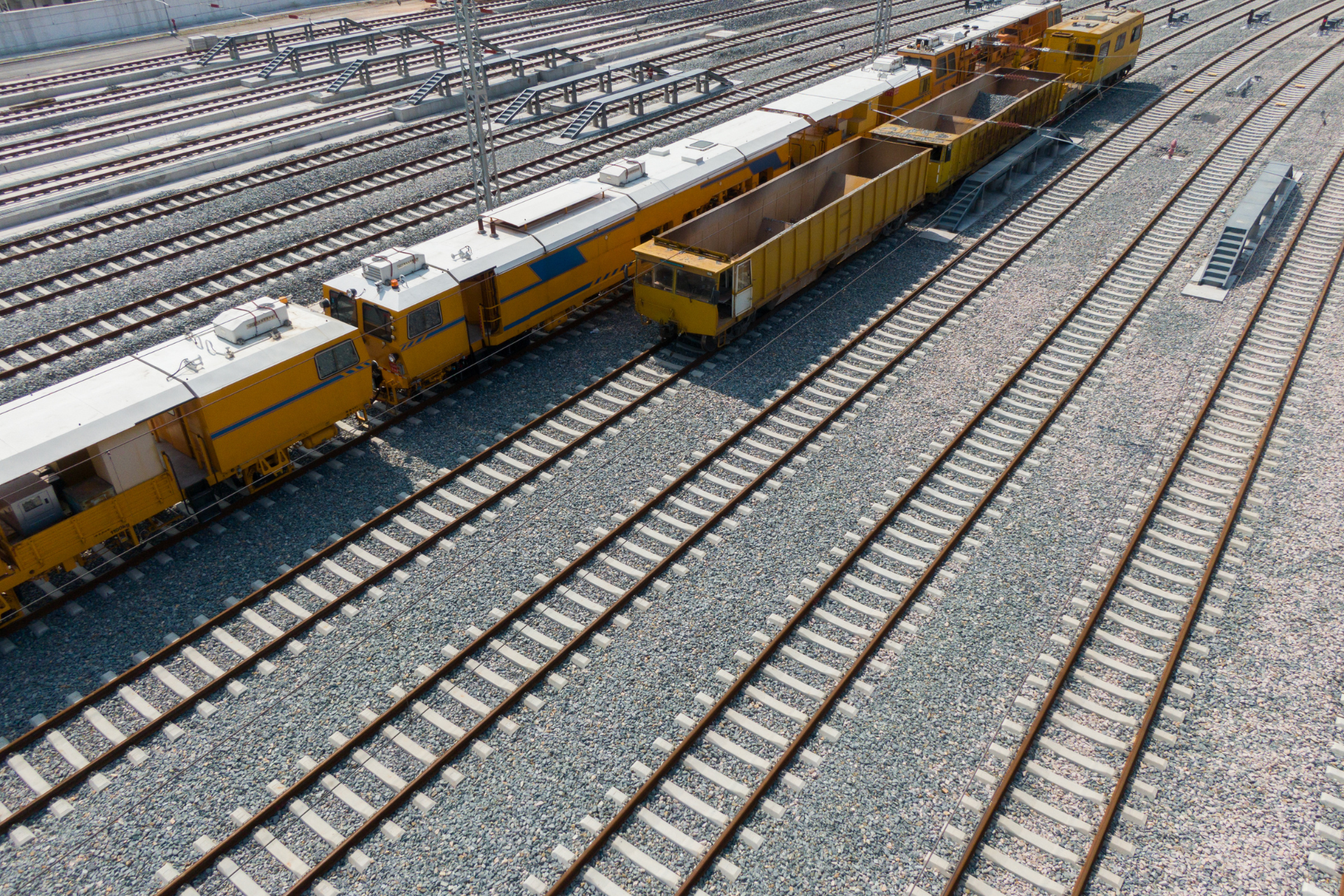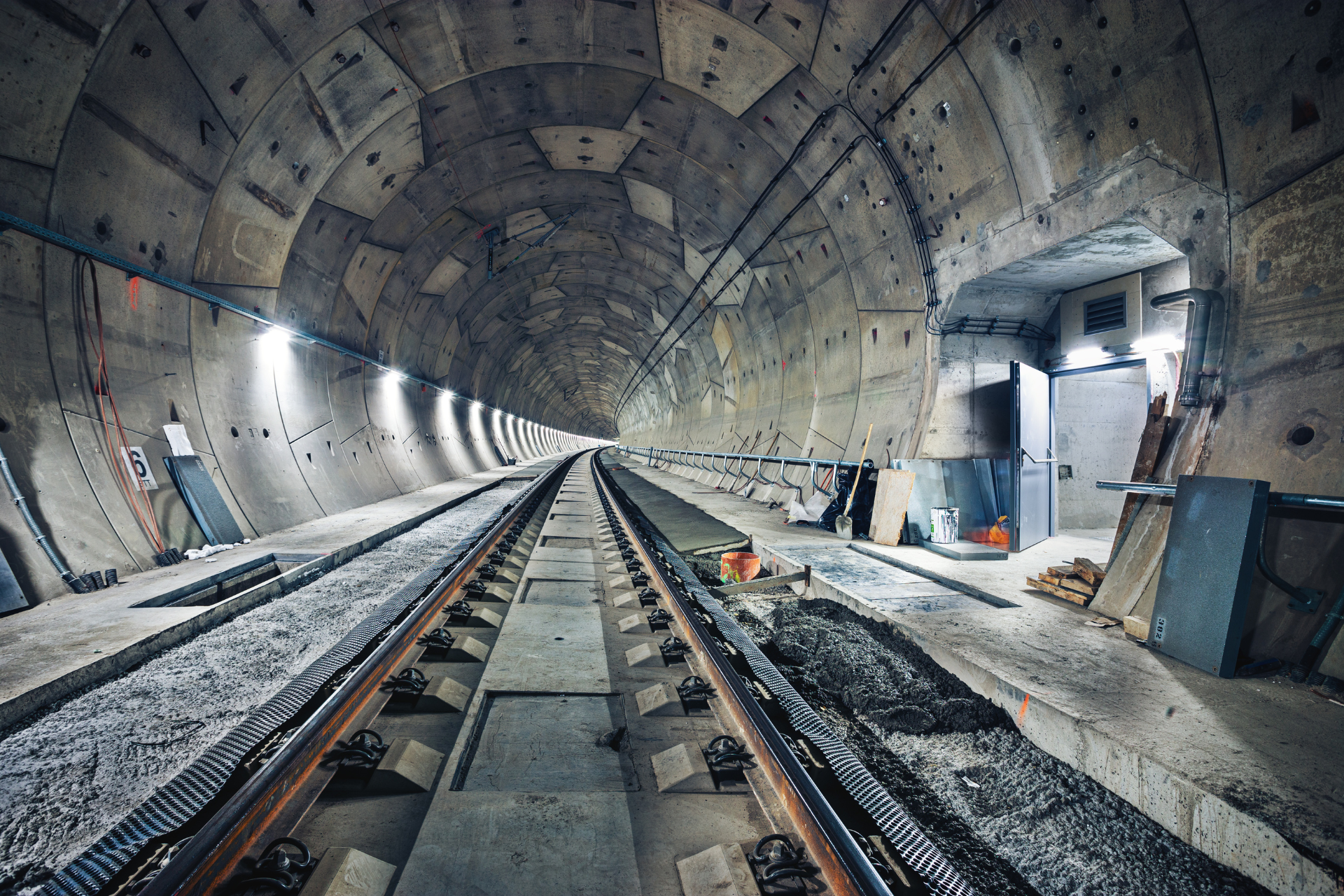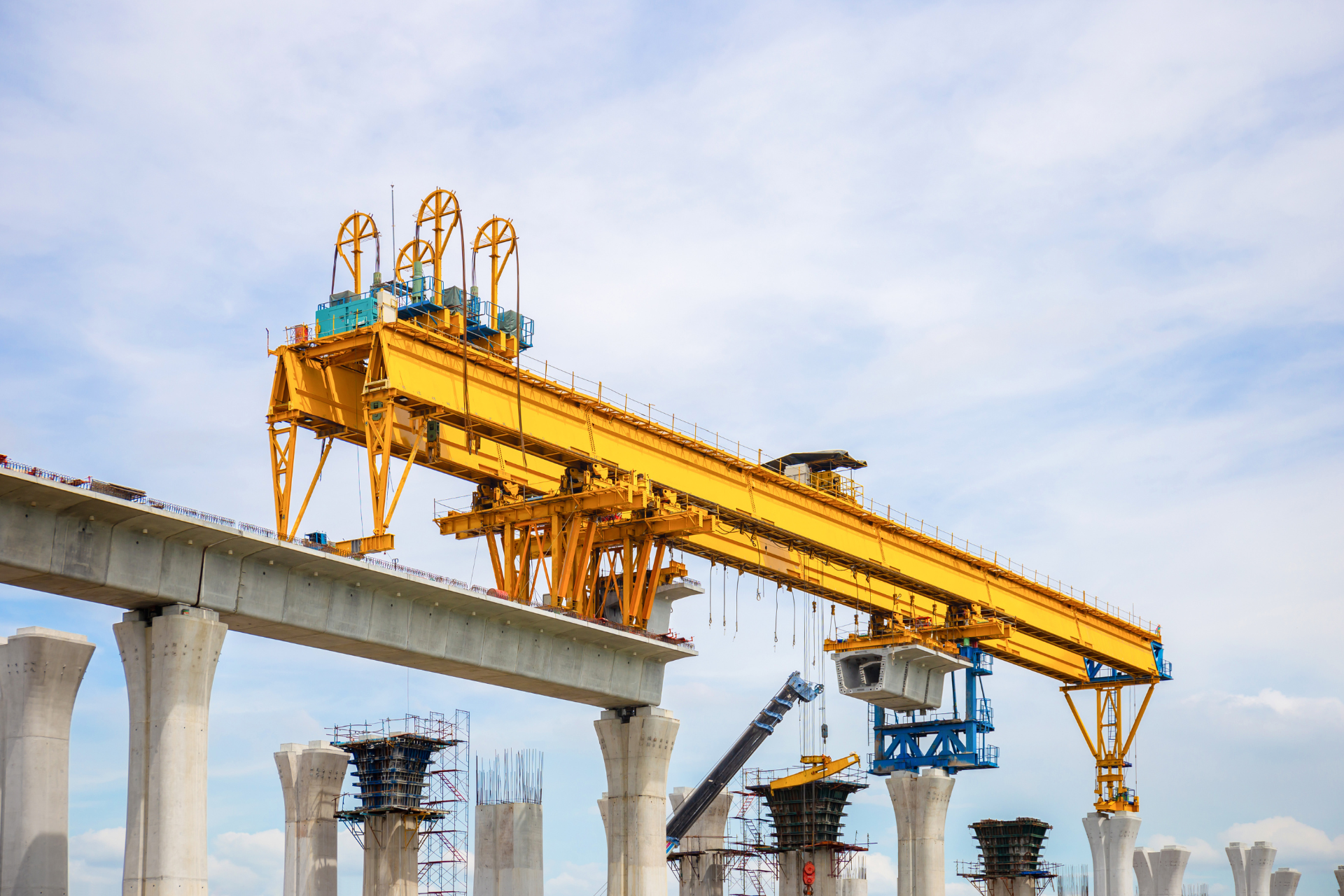Closing the Skills Gap: Strategies to address the shortage of skilled engineers

With a new government in, there's a golden opportunity to rethink and replan for the long-term future. A major priority should be crafting a workforce strategy that ensures the UK can effectively address its infrastructure, digitalisation, and decarbonisation goals.
From now until 2030, engineering and technology roles are projected to expand across all UK regions at a faster rate than any other job sector. These skills are essential not only for creative digital industries and big data but also for advanced manufacturing and transport.
Need for Growth in 'Green' Engineering Positions
The need for growth in 'green' engineering positions cannot be underestimated. Last year, the Climate Change Committee estimated that the transition to net zero would require up to 725,000 new roles. This includes specific figures like 100,000 jobs in onshore and offshore wind and 50,000 positions for heat pumps.
The challenge is already apparent. Engineering and technology roles make up 19% of the UK workforce, yet account for 25% of job advertisements. Businesses are struggling to fill these vacancies, highlighting a significant skills gap that needs urgent attention.
The pressure on the engineering sector is visible. In response, numerous government and industry task forces have emerged. While these groups address various aspects of the skills shortage, their efforts have been somewhat fragmented, with overlapping solutions and inconsistent approaches.
Addressing the Issue Through Strategy
To effectively address this issue, a cohesive and strategic approach is necessary. The government must take the first 100 days in office to step back and develop a comprehensive National Engineering & Technology Workforce Strategy. This strategy should promote collaboration across departments, be rooted in long-term industrial planning, and include sustainable funding from the Treasury. It must also align with Home Office immigration policies and work closely with the Department for Education.
This strategy should be centrally managed, potentially by the Cabinet Office or Treasury, to streamline the work of existing taskforces, prioritise efforts, and foster collaboration across various departments. This unified approach would help eliminate inefficiencies and prevent different sectors from competing for the same talent.
The strategy should also underpin a robust STEM education and skills plan. This plan needs to focus on increasing and sustaining apprenticeships, particularly for young people, committing to T Levels, providing comprehensive career advice for all students, and addressing the shortage of STEM teachers. Restoring funding for science professional development (CPD) would also be a key step, as it has been shown to improve teacher retention and recruitment.
Attracting New Talent to the Engineering Industry
A recent study by The Engineering Construction Industry Training Board forecasts that by 2026, 91,000 engineers, nearly 20% of the current UK engineering workforce, will retire, along with 29,000 technicians, or 18% of the technician workforce. The impending retirement of these experienced professionals underscores the urgent need to prepare the next generation of engineers.
The current approach to recruitment and training must shift to ensure that new engineers can benefit from the wisdom and experience of their predecessors. Apprenticeships, while not an immediate fix, are a long-term solution to the skills shortage. These programs, which can last up to 42 months, provide new engineers with invaluable hands-on experience and knowledge transfer from seasoned professionals.
Businesses need to plan to ensure their apprenticeship schemes are in place well before they face staffing gaps. This foresight will help in training apprentices effectively and ensuring they are ready to step into roles as experienced engineers retire.
In a rapidly evolving technological landscape, the demand for skilled engineers is ever-increasing. Establishing a continuous pipeline of new talent is crucial for maintaining a steady flow of skilled professionals into the sector. Apprenticeships offer a practical solution by creating a pattern of recruitment that consistently introduces new, local talent into the workforce.
Starting apprentices at an entry-level is cost-effective for businesses, as their wages grow with their skills and productivity. However, in regions with high living costs, like Oxfordshire, relocating skilled engineers can be challenging. Developing a long-term strategy to cultivate local talent through apprenticeships can help address this issue and build a sustainable workforce.
Promoting STEM Careers
Now is the time for the engineering sector to act. Significant progress has been made in promoting STEM careers and attracting young talent to engineering. With current government incentives, such as up to £3,000 for new apprentices, there has never been a better moment to start building a pipeline of skilled engineers.
Take a moment to assess your workforce and anticipate potential skills shortages by 2026. If your business is likely to face a gap, it's crucial to start planning now. By investing in apprenticeships and developing a strategic workforce plan, you can safeguard against future shortages and ensure a steady flow of skilled, talented staff.
Addressing the Skills Shortage
To bridge the engineering skills gap, we must adopt a strategic, long-term approach. The new government should implement a National Engineering & Technology Workforce Strategy, promoting collaboration and sustainable planning. Enhancing STEM education, expanding apprenticeships, and addressing STEM teacher shortages are vital steps.
With significant retirements looming, leveraging experienced engineers to mentor the next generation is crucial. Apprenticeships offer a sustainable solution by creating a steady talent pipeline. By acting now and investing in these strategies, we can ensure the engineering sector meets future demands and continues to drive growth and innovation.
In summary, addressing the skills gap in engineering requires a strategic, long-term approach. By developing a cohesive National Engineering & Technology Workforce Strategy, enhancing STEM education, and building a robust pipeline of apprentices, we can tackle the shortage of skilled engineers and drive growth across the sector. The time to act is now, and with the right strategies in place, we can bridge the skills gap and secure a prosperous future for the engineering profession.
The time to act is now. Get in touch with us today for more information and support in addressing the skills shortage.





